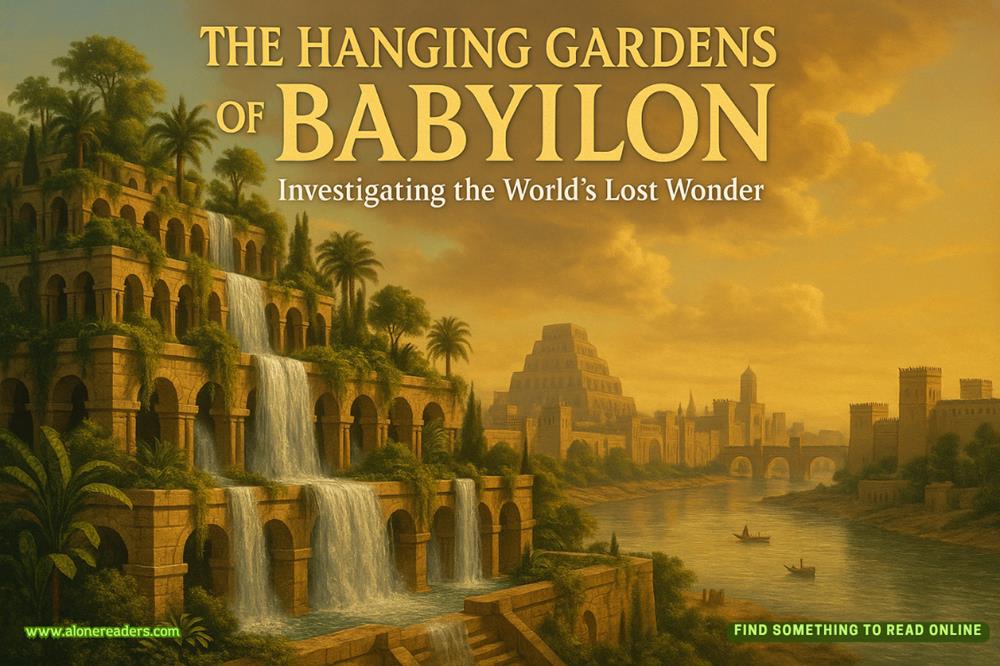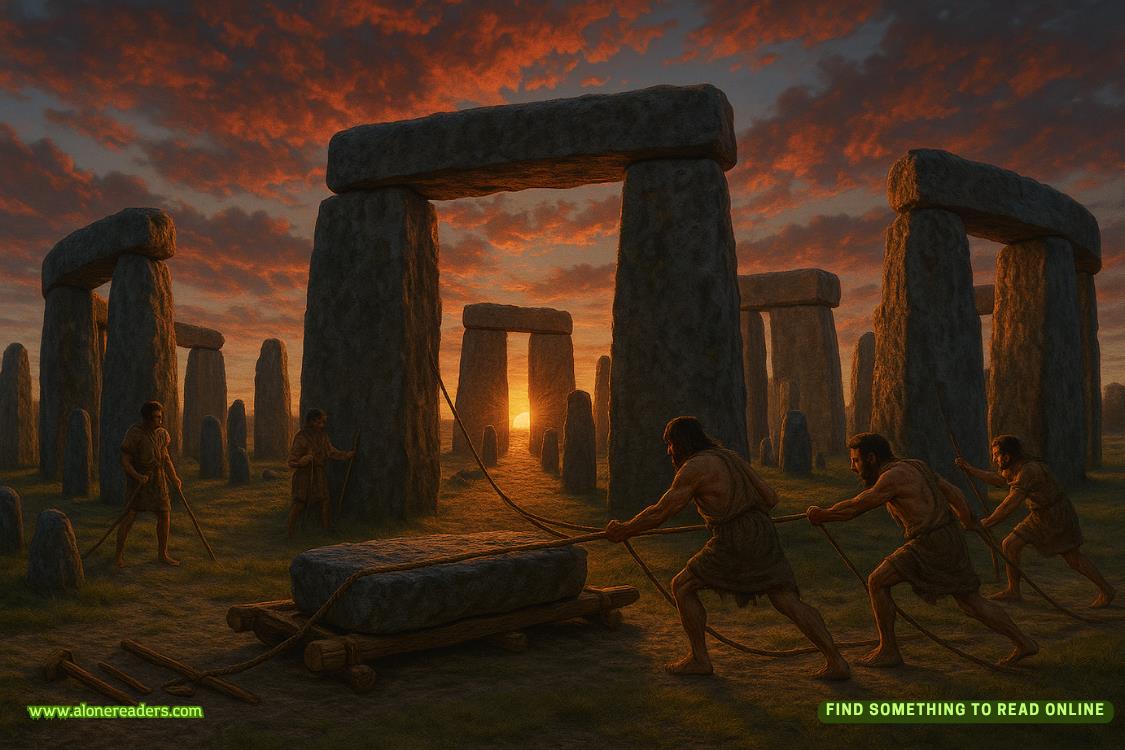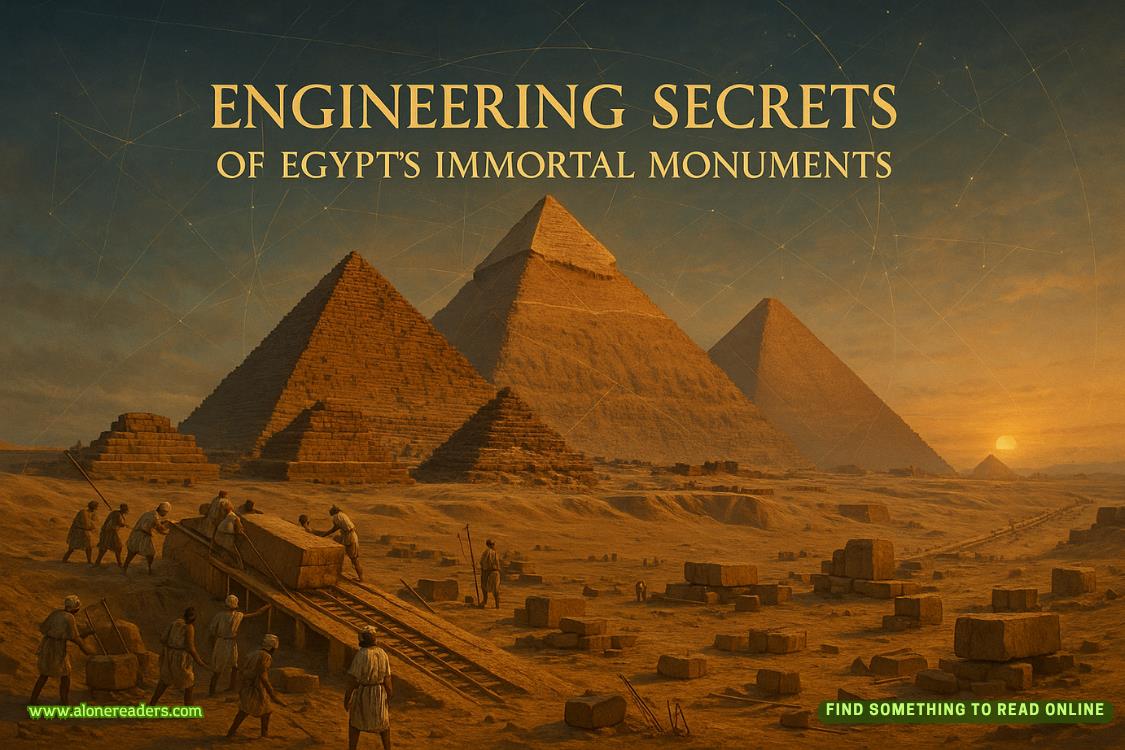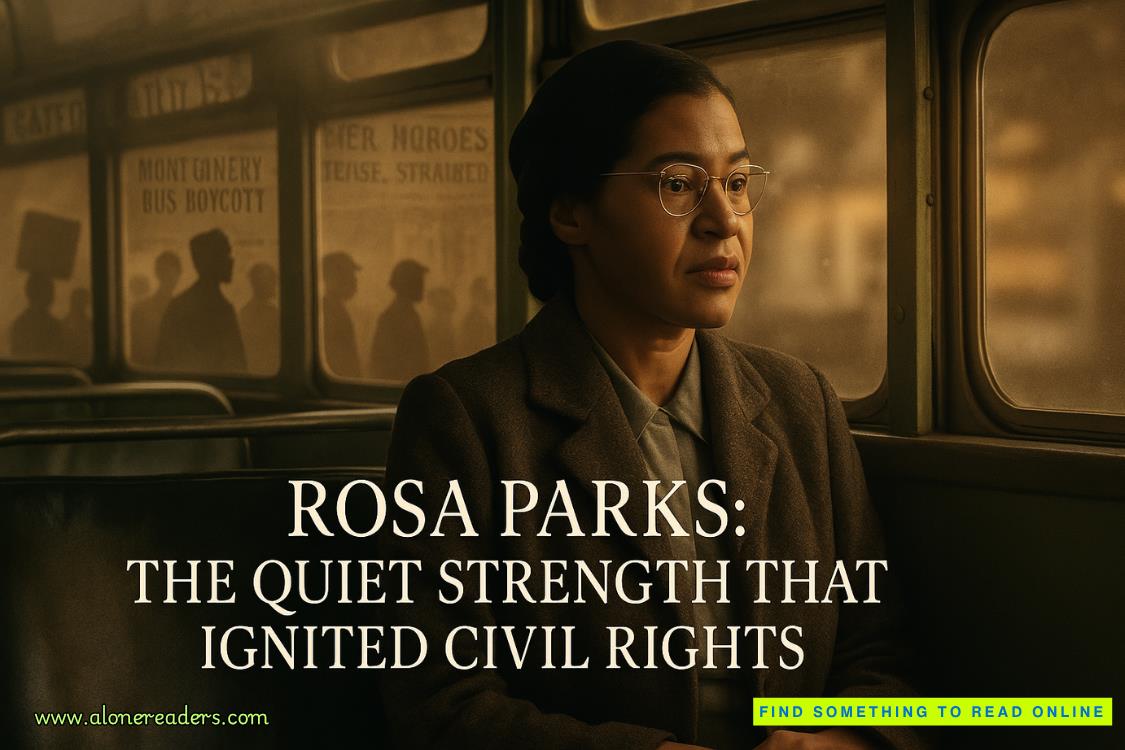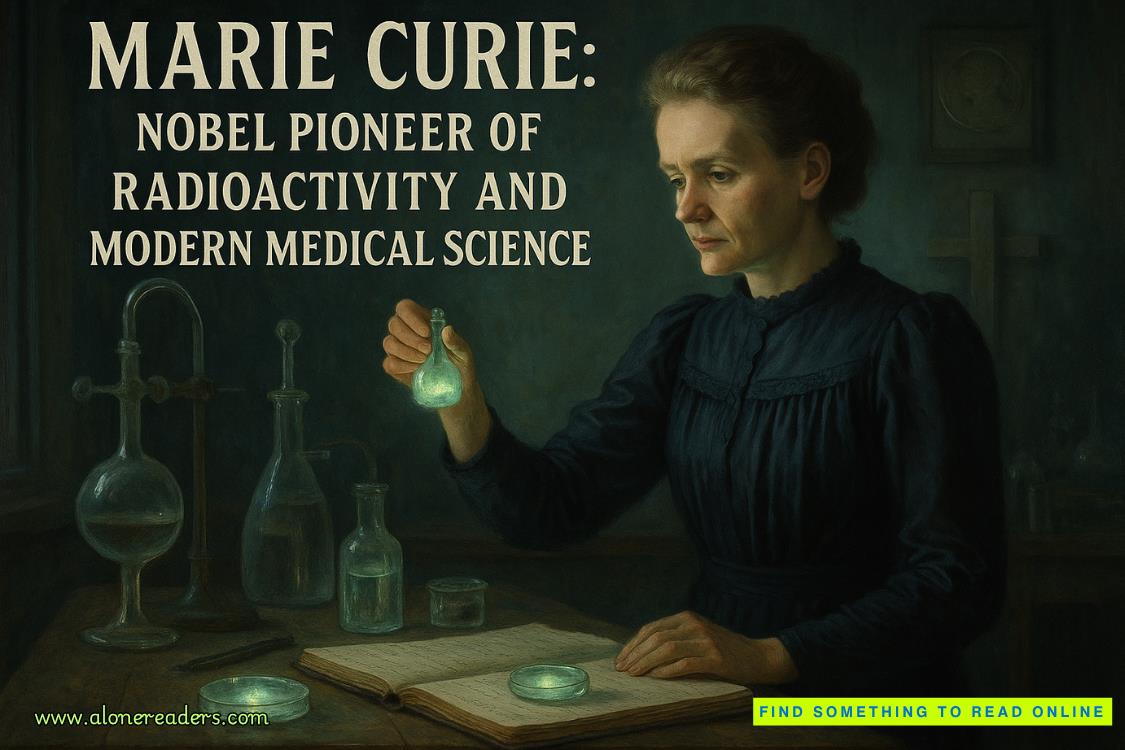Page 55 of My Only
Hassani pulled me into his arms and pressed a kiss to my forehead—then another. “Let’s go, scaredy cat.”
The first time he mentioned the event, I’d been floored.
“I didn’t know people could rent out museums for private events,” I’d said over coffee.
“Me neither,” Hassani replied, sipping his. “But this is Bryant Greene, so…”
“How much does something like that even cost?”
Hassani shrugged. “I don’t know exactly, but I overheard the interns whispering about it. Apparently, Bryant dropped over $50K just to rent the space for the night.”
Now, standing here, I understood why.
To reach the event space, we had to take an elevator from the parking garage to the museum’s ground floor. The moment we stepped inside, I was hit with awe.
I’d been to The Met countless times, but tonight, with only a handful of guests present, it felt completely different—like we’d been swallowed whole by the vastness of the museum, the art pieces looming over us like silent spectators.
At the direction of an event organizer, Hassani and I walked through several galleries, following signs for The Greene Gardens Visionary Night.
And then, I gasped.
We had stepped inside The Temple of Dendur in the Sackler Wing.
“Oh my God,” I whispered, glancing up at Hassani to see if he was as taken by the space as I was.
It was breathtaking. Ancient Egyptian architecture, floor-to-ceiling glass windows, and a massive reflecting pool that made the space feel even more expansive.
“Okay.” I swallowed hard. “This is next level.”
Hassani chuckled, his deep voice echoing softly around us.
On the invitation Hassani brought home, there had been a printed explanation of why Bryant had chosen to host the event here. The artistic nature of the project aligned with the museum’s setting, subtly reinforcing Bryant’s belief that everyone involved in the Greene Gardens Project was contributing to something historic.
I already knew Hassani’s role in the project was major. He was helping build a community—a place where people would live, work, and raise families—so I understood it was a big deal.
But that night, in The Temple of Dendur, I realized just how enormous of a deal it truly was.
Well-dressed servers moved gracefully through the space, offering champagne and hors d’oeuvres at every turn. My nerves had me reaching for a glass, hoping at least half of it would take the edge off.
I took a sip and immediately cringed, rolling my tongue around my mouth in search of any hint of sweetness. Missing entirely.
“It’s not Moscato,” Hassani teased, smirking. “So take it easy, baby.”
“Ha, ha,” I said flatly, my eyes still scanning the room.
The soft lighting reflected off the water, giving everything an ethereal glow. The air buzzed with conversation, expensive perfumes mingling with the faint sound of classical music playing from unseen speakers.
We’d only been in the gallery for two minutes before people started coming up to Hassani, pulling him into conversations. Each time, he introduced me as, “My wife, Mrs. Ayla Franklin,” and without fail, they responded, “It’s nice to meet you, Mrs. Franklin.”
And every single time, my heart swelled.
Watching Hassani work the room, seeing him in his element, was both awe-inspiring and terrifying. The man I’d known since I was a teenager had transformed before my eyes—still himself, but different. A polished professional. No slang, no casual banter. Just easy confidence, sharp intelligence, and an undeniable presence.
It was so sexy.
I stayed back when he was deep in conversation. I couldn’t contribute to most of them—listening to architects discuss frameworks and fault lines went in one ear and out the other—but seeing so many Black professionals brimming with passion, talking about making history, that part?
That was inspiring.

